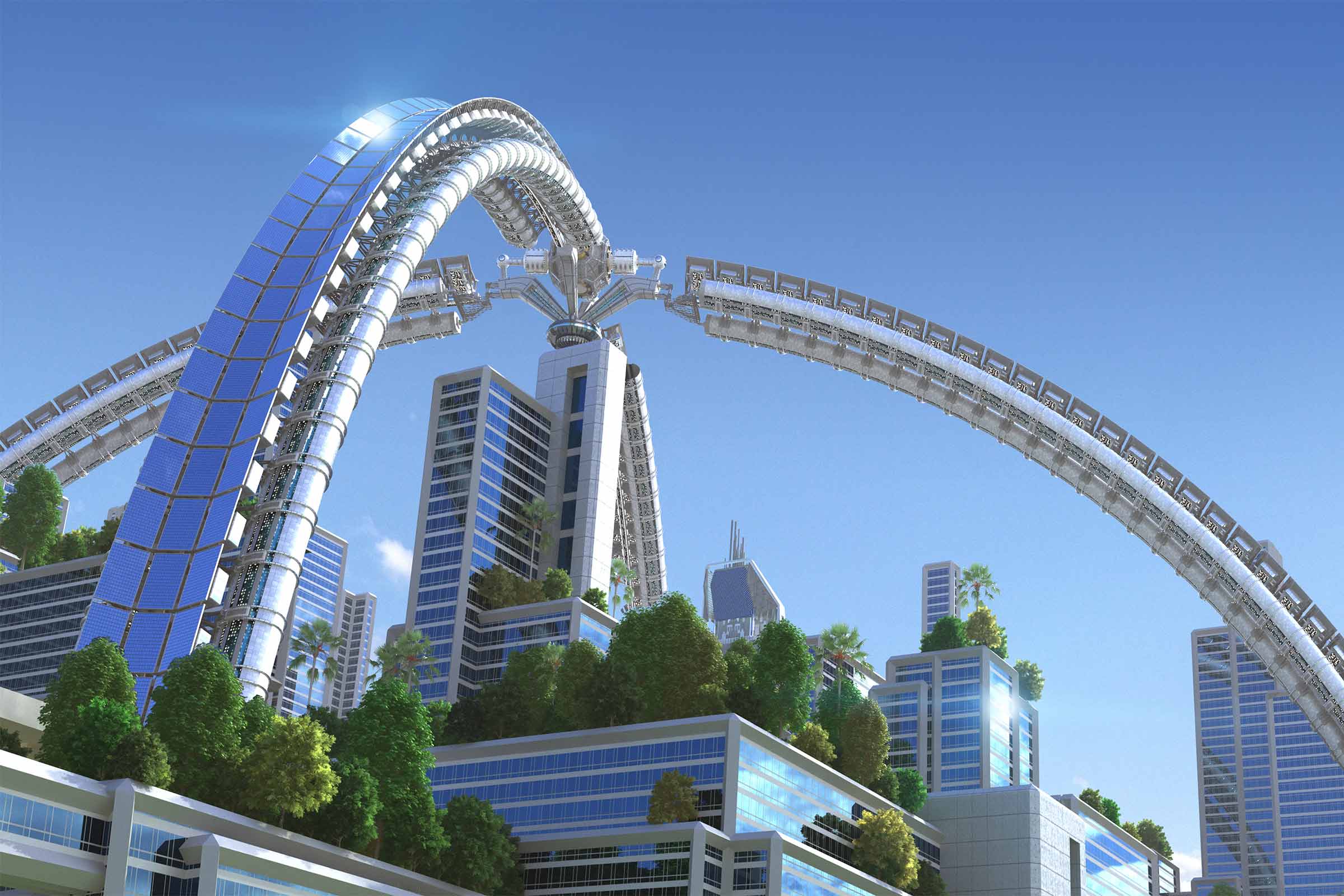What is urban biodiversity and do cities spell doom for wildlife? Is our increasingly urban way of life going to prove destructive to our native fauna ultimately? Can cities sustain healthy, wild ecosystems? These questions are becoming increasingly important. These are questions that researchers at Charles Sturt University are trying to answer.
From preserving our natural heritage for future generations and ensuring pest populations don’t get out of control, to the improved psychological and physical wellbeing of people when they are able to interact with nature – there are lots of reasons why biodiversity is important and why we should preserve it as much as possible. The problem is how to do it.
What is urban biodiversity research looking at?

Professor Dale Nimmo, an expert ecologist working at Charles Sturt University, led a significant research project – entitled Compact cities or sprawling suburbs?
It tried to find a way to preserve biodiversity in our cities. And meet the needs of the people who make cities their home.
“We know that urban areas are increasing in human density very rapidly. Urban locations currently house around half the world’s population. By 2050, urban areas will be home to an extra 2.5 billion people across the globe. The proportion of people living in urban centres is particularly high in Australia. Estimates say that by 2050 90 per cent of Australians will live in cities and towns.
“With that growth in population comes not only more people, but more housing and more infrastructure. These are necessary to meet the needs of those people. But these sorts of changes to cities will inevitably have a negative impact in terms of wildlife and loss of biodiversity. The question is how do we plan and organise our urban areas to minimise those detrimental impacts.
“The research project set out to test which of two possible approaches to cities would be best in terms of accommodating more people while preserving as much biodiversity as possible.”
A tale of two cities
The research drew on a wide range of ecological ideas to propose a binary question: which of two leading theories could offer the best method for maximising biodiversity? Dr Nimmo detailed the options.
“The first idea is land sharing – the notion that we share the space we live in with wildlife. Consequently, we should increase the amount of resources for them within the spaces we occupy. That would mean larger gardens for residential homes, and using nature strips more effectively. The problem with that is that having larger blocks for each house means that cities take up much more land.
“The second idea is land sparing. Should we increase the density of the spaces humans inhabit – building more units and apartments – so more space within the city can be devoted to nature reserves? It also means that the city itself doesn’t take up as much land, leaving more ‘wild’ places beyond its edges.
“The project took a multidisciplinary approach, working with mathematicians as well as ecologists. The first city we analysed was Melbourne. We surveyed areas for bird fauna and then built an optimised model based on each of the two potential approaches.”
What were the results?
In 2018, the first case study for the research project was completed. As Dr Nimmo outlined, the results were clear.
“We concluded that the land-sharing approach simply couldn’t sustain the same level of biodiversity as having areas of land specifically set aside for wildlife within urban areas. Essentially, leafy suburbs will never be a replacement for nature reserves if we want to preserve and encourage urban wildlife.
“What this means is that as urban areas expand, we need to include nature reserves in cities and towns. These areas don’t have to preclude human use. They can include space for walking, cycling, picnicking and so on. But they do have to have significant tree cover and minimal urban infrastructure (such as roads and buildings).”
Does hope lie in the regions?
In regional centres, like those where the university has campuses across regional New South Wales and Victoria, the potential to make significant change in favour of biodiversity protection is arguably the greatest, as Dr Nimmo explained.
“It can be difficult to apply such findings to large, well-established cities. However, we expect growth to be significant in coming decades in regional centres (like Albury-Wodonga, which the project is working on next). So including these sorts of refuges in city plans could significantly influence preserving our biodiversity in Australia.”
You can make a difference to urban biodiversity
If you’re inspired to discover new ways to help Australian native wildlife thrive, Charles Sturt University’s environmental science degrees give you the opportunity to develop new ideas and innovative solutions to ensure our biodiversity remains rich, robust and rewarding.


You must be logged in to post a comment.